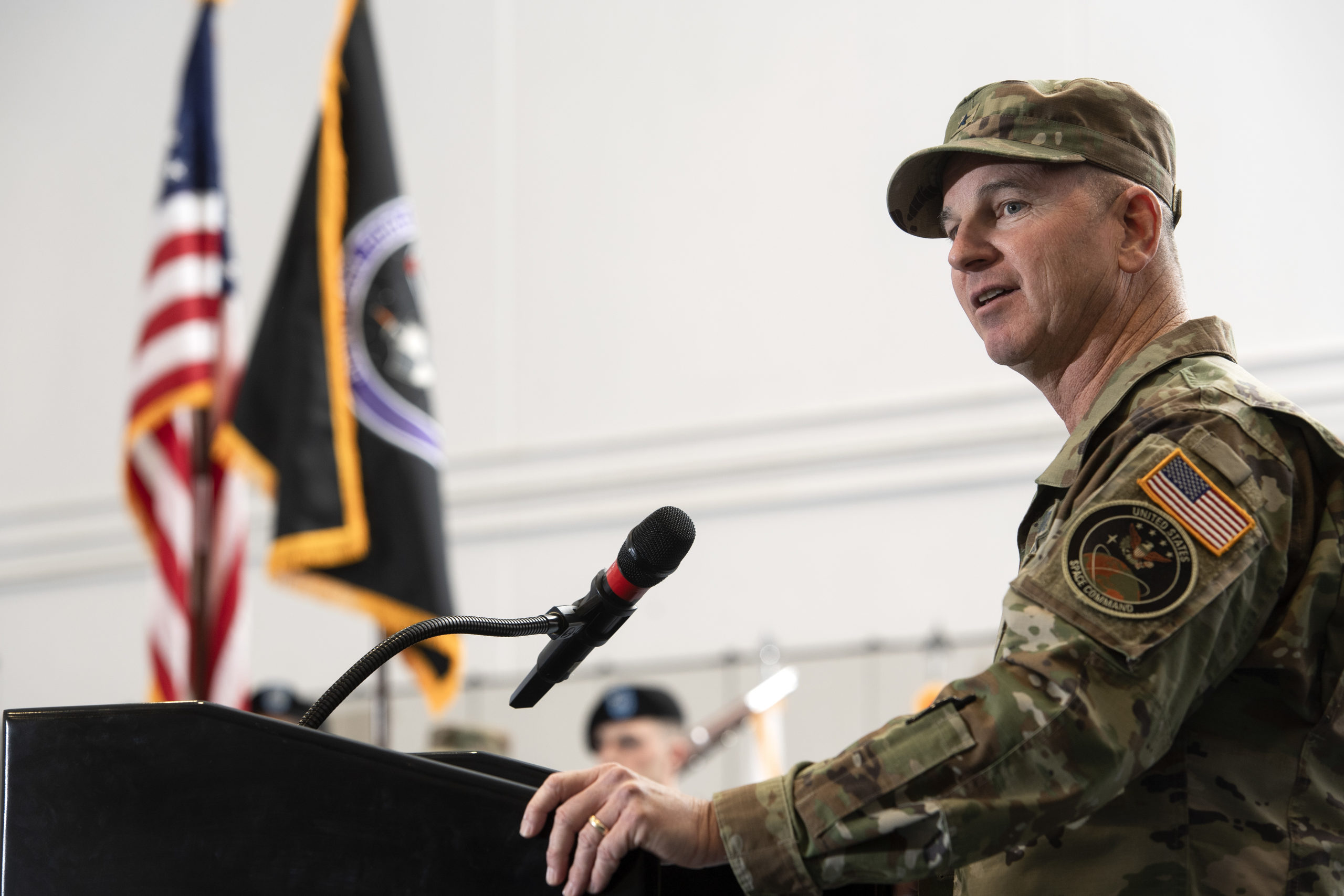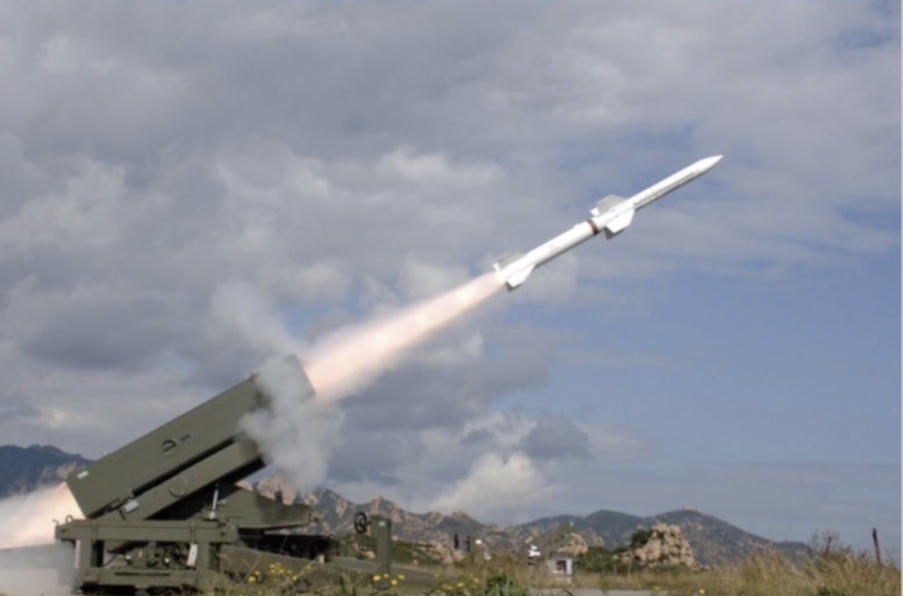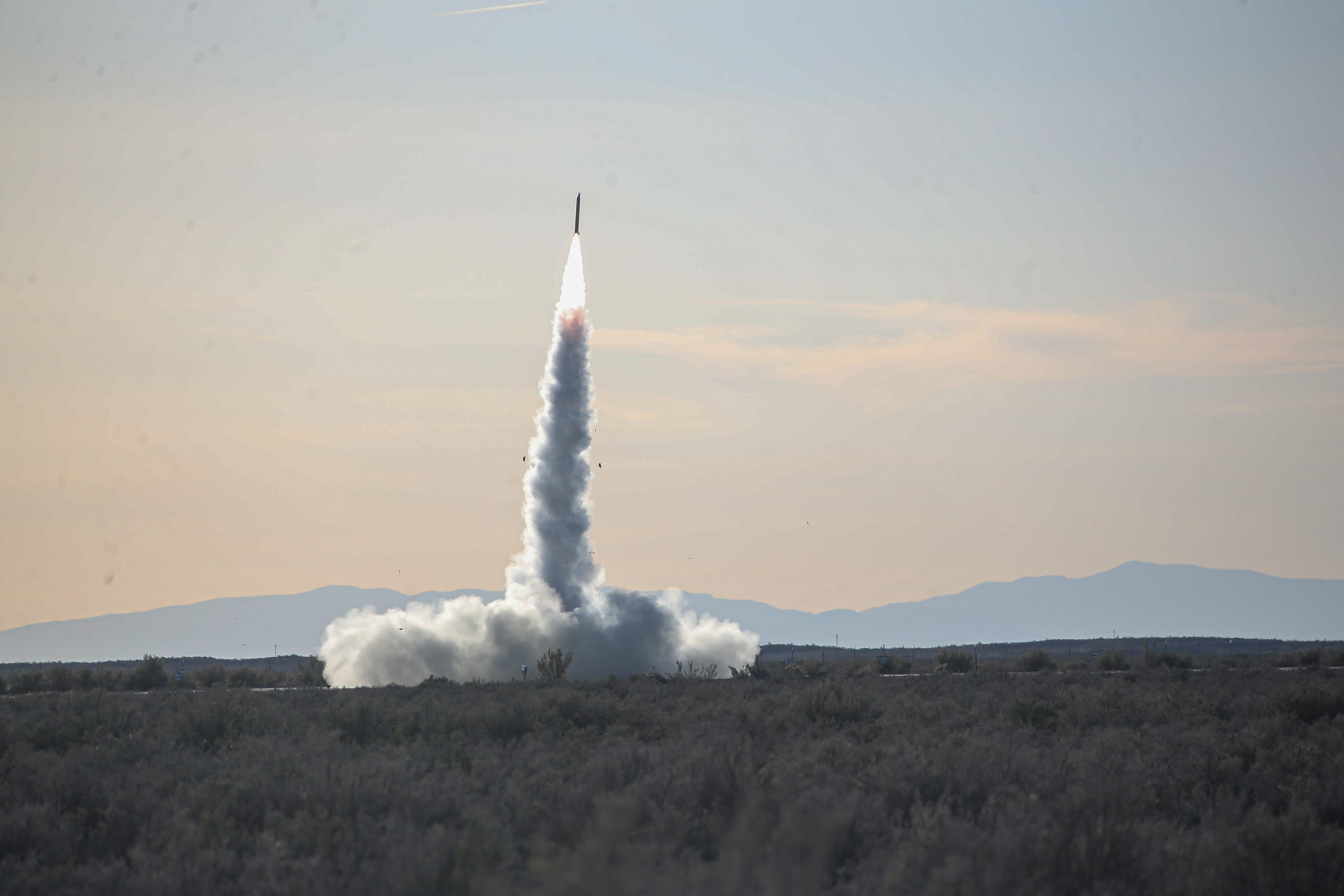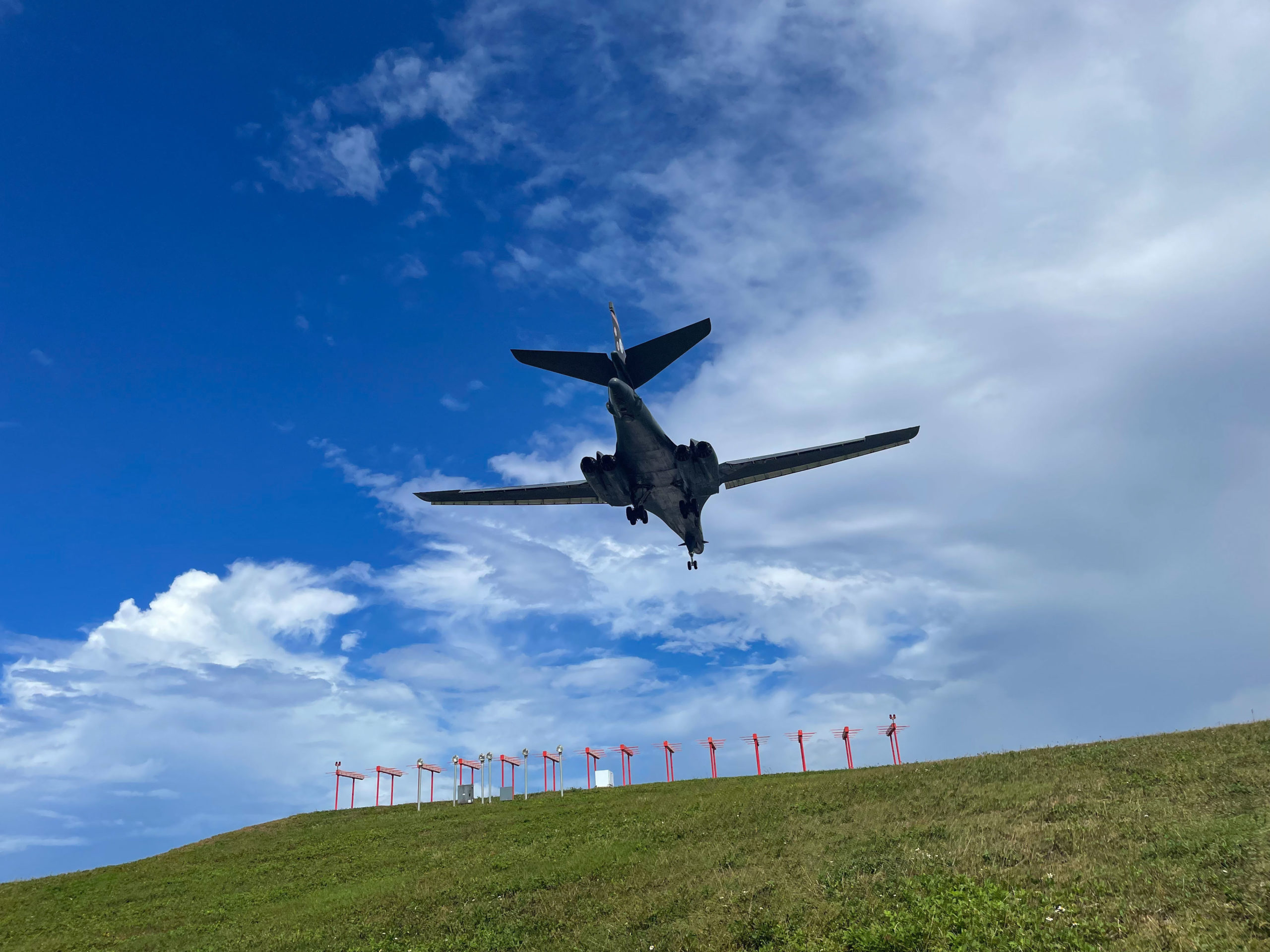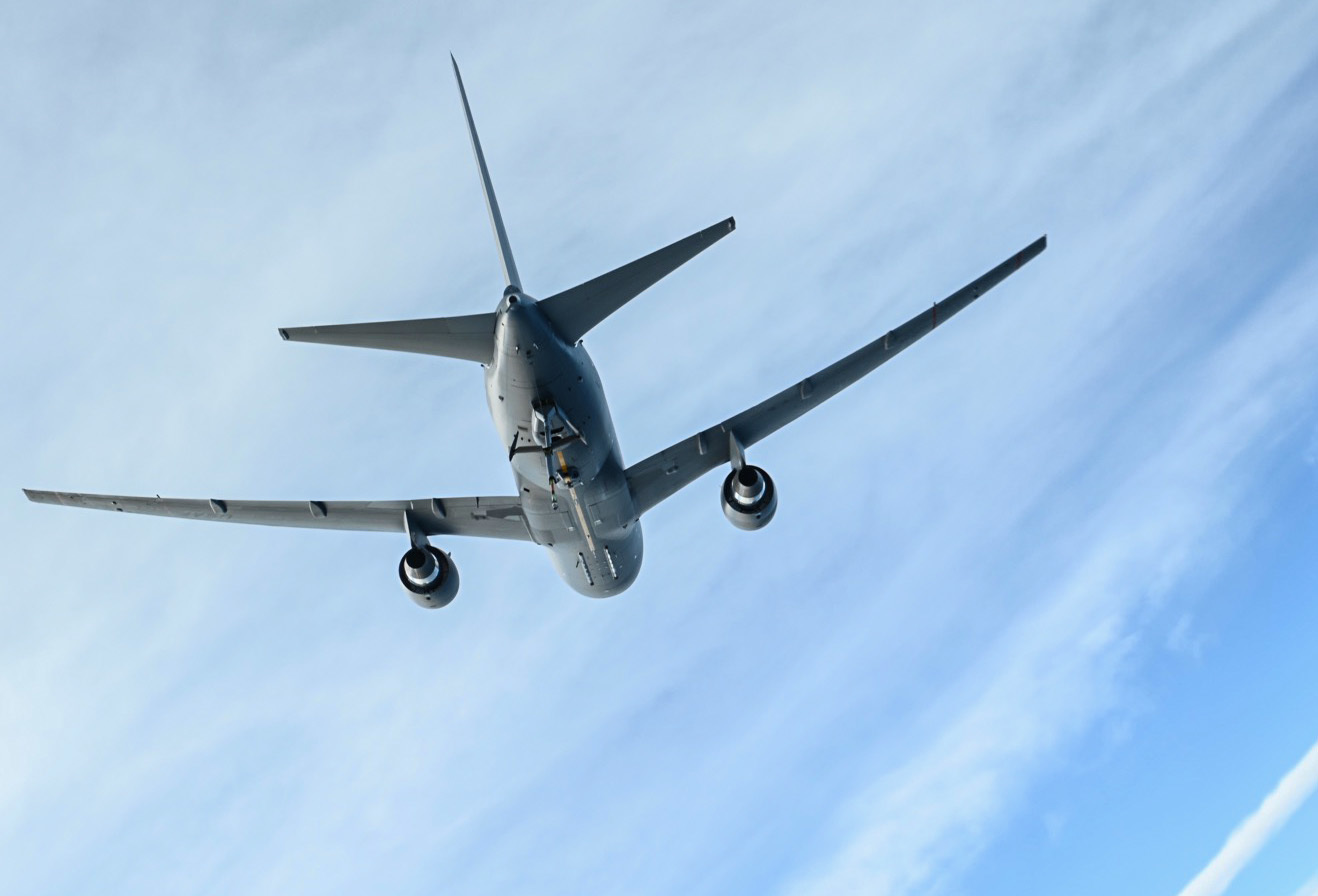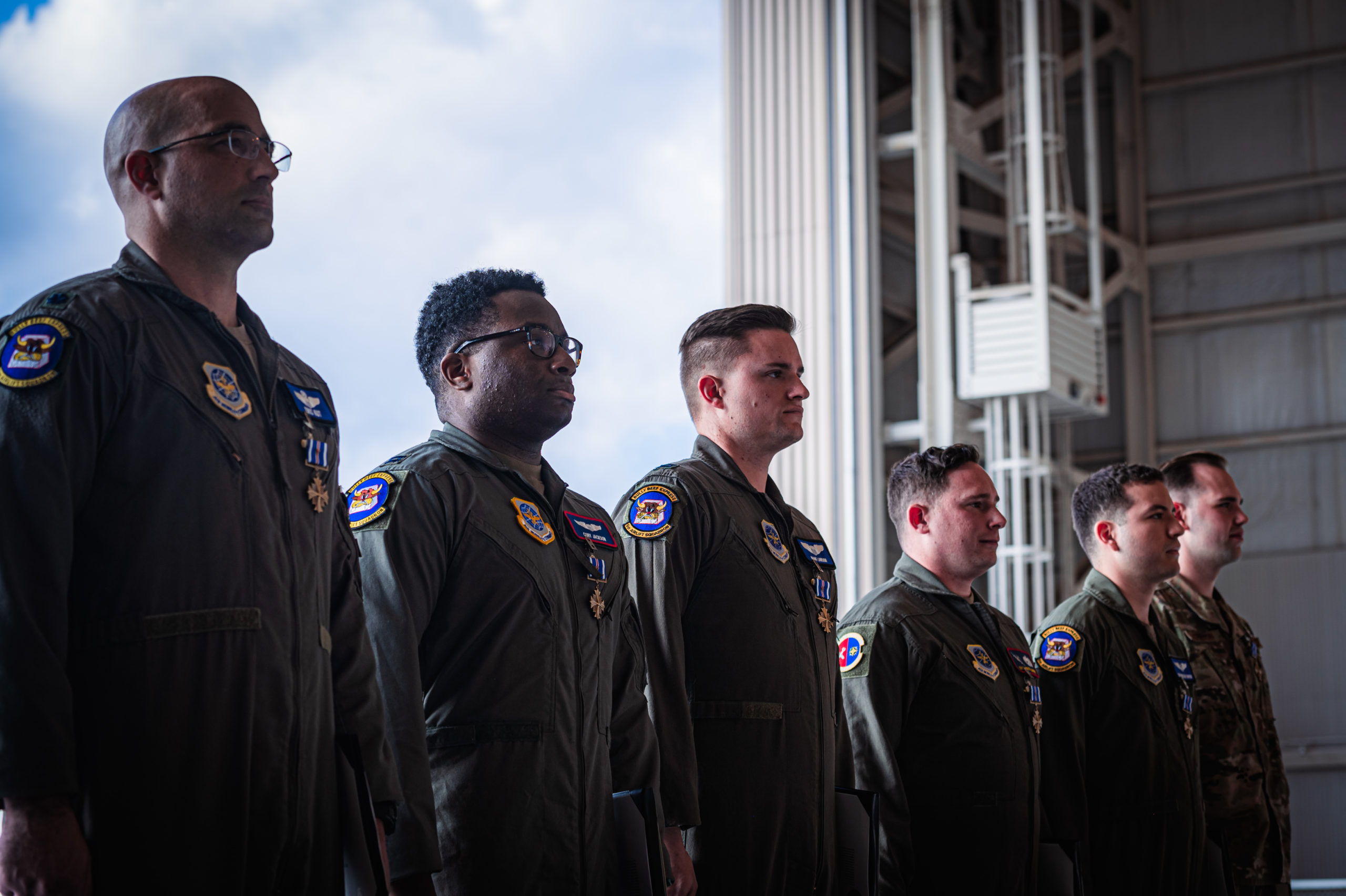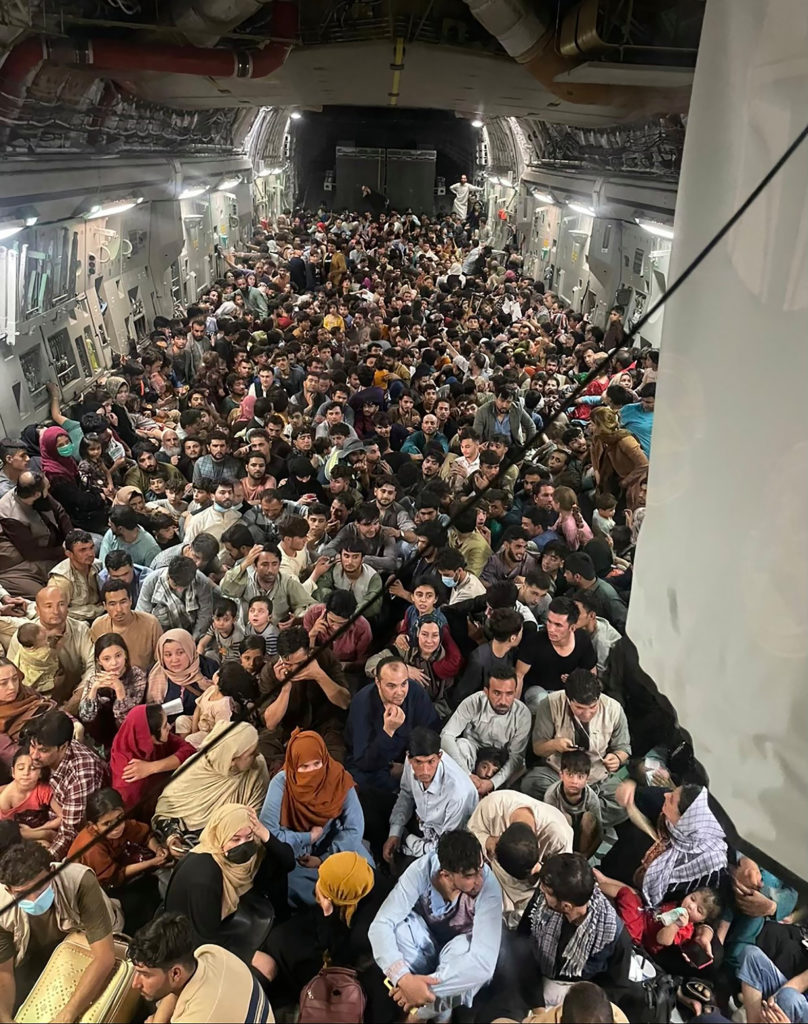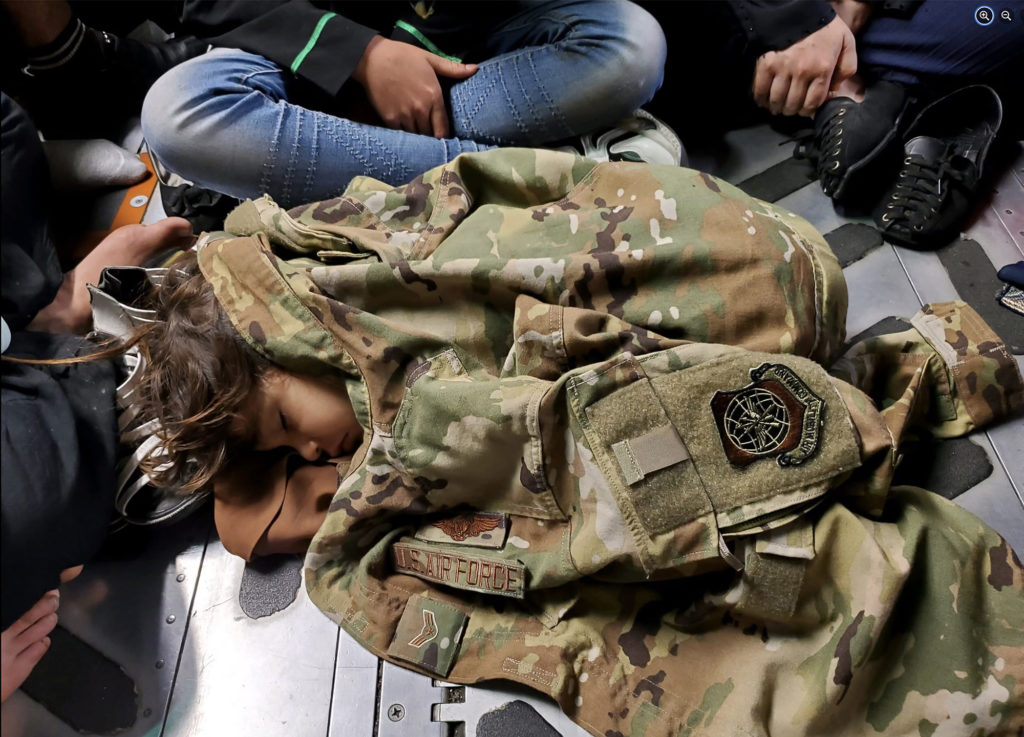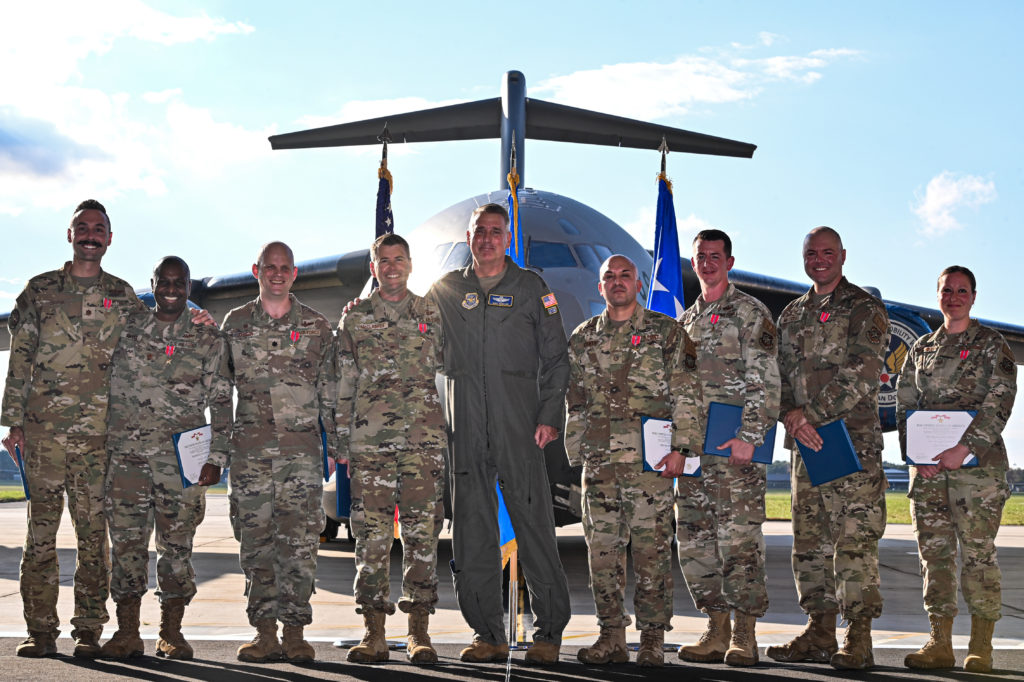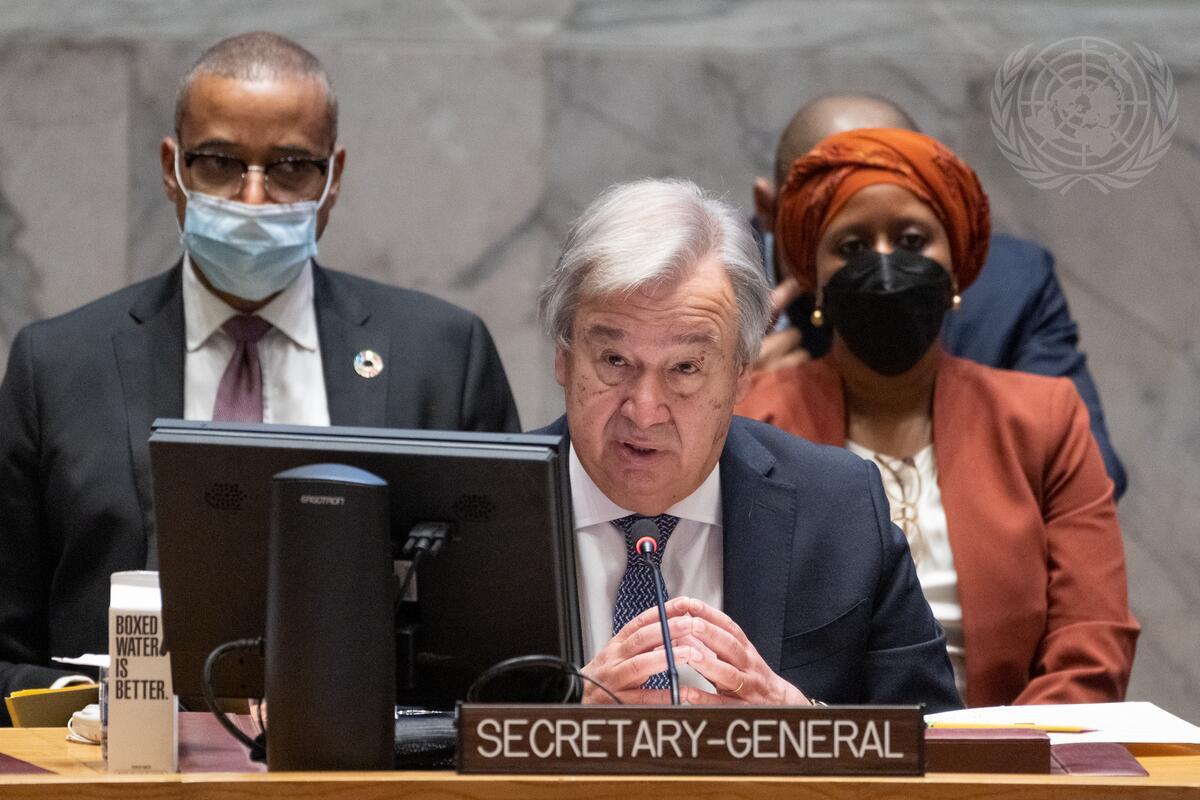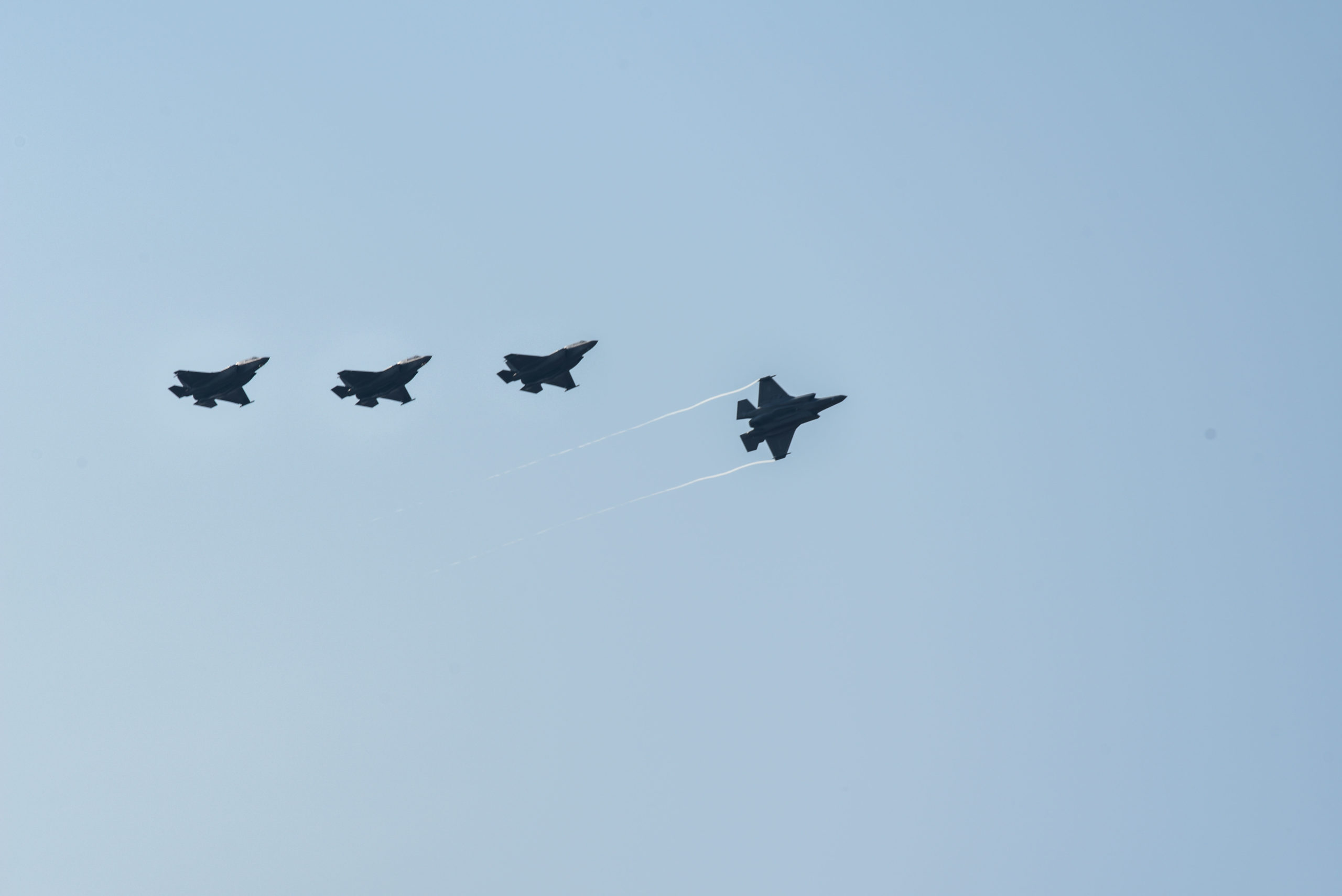SCHRIEVER SPACE FORCE BASE, Colo.—Space Force Brig. Gen. Dennis O. Bythewood took over U.S. Space Command’s Joint Task Force-Space Defense on Nov. 4, becoming only the second commander of the task force’s 300-400 “Space Troopers” at Schriever Space Force Base, Colo.
Army Gen. James H. Dickinson, the commander of U.S. Space Command, presided over the ceremony. He described Army Maj. Gen. Thomas L. James, the outgoing commander, as “an exceptional officer” and “constant gentleman.”
James served simultaneously as U.S. Space Command’s director of operations. He assumed the roles the same day the Defense Department reestablished U.S. Space Command in August 2019. The task force, abbreviated JTF-SD, was one of two functional component commands activated the same day.
James characterized the task force’s “unique and absolutely critical national mission” as “protecting and defending our access to key space systems.” The mission includes space domain awareness, warning satellite operators of threats, and “space superiority,” which is to ensure “the conduct of operations at the time and place of our choosing.”
Some of James’ contributions included the “fusion” of commercial and Missile Defense Agency remote sensing data into the military’s space domain awareness; and the creation of “new response options to counter a range of threats,” Dickinson said. “Simply put, Tom was the right leader at the right time for this unique and certainly demanding command.”
James, whose next position will be announced at a later date, previously commanded the Army’s 1st Space Brigade.
Bythewood served as James’ deputy commander of the task force, “so he knows the business and the stakes that are involved today,” Dickinson said. “Dennis displays an intense dedication to the mission and genuine care for his people. Because of his war fighting focus and high integrity, Dennis is ready to assume command of this organization.”
Bythewood said the task force would “continue to innovate as we have the last couple of years to better understand our area of responsibility and execute our space superiority mission.” He said the command is “developing the foundational intelligence needed to maximize our capabilities, and when new ones are delivered, we will synchronize those with support from USSPACECOM.”
Dickinson warned that space’s “strategic and operational environments will only grow more complex.
“And we all know when we see the news every day that the Chinese and the Russians are developing and demonstrating capabilities that can hold our space assets at risk,” he said. “Our freedom of access and action in the domain is not guaranteed.”
Attending the ceremony in Shriever’s gymnasium were retired USAF Gen. John E. Hyten, the 11th vice chairman of the Joint Chiefs of Staff, and the Space Force’s Lt. Gen. Steven N. Whiting and Deputy Commander of U.S. Space Command Lt. Gen. John E. Shaw.
This story was updated at 7:49 a.m. Nov. 9, 2022, to correct that James’ next assignment will be announced at a later date.
